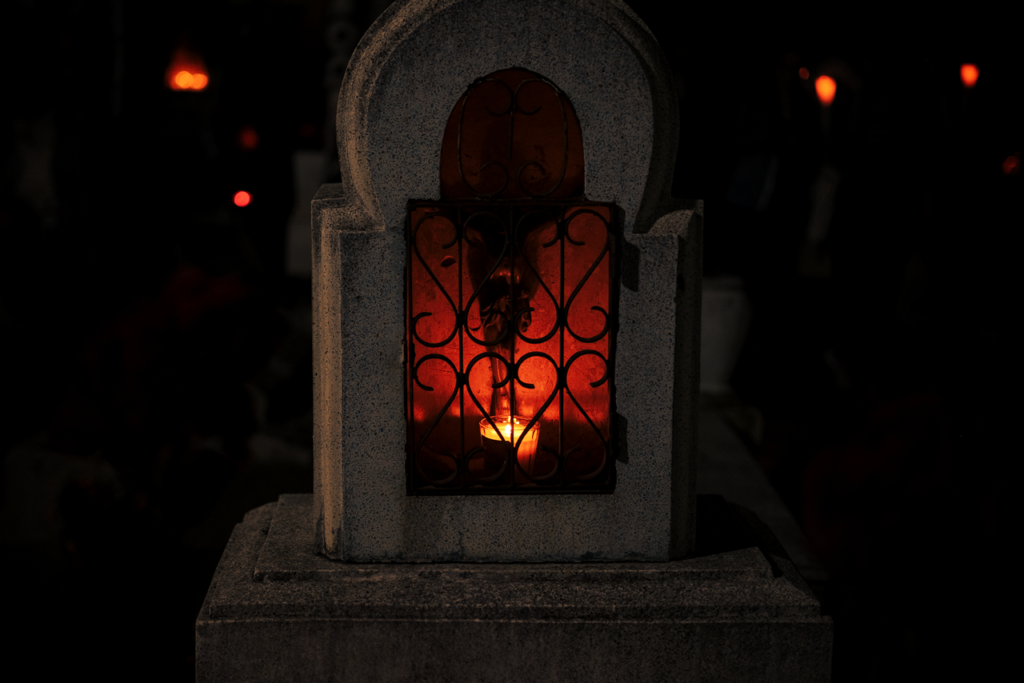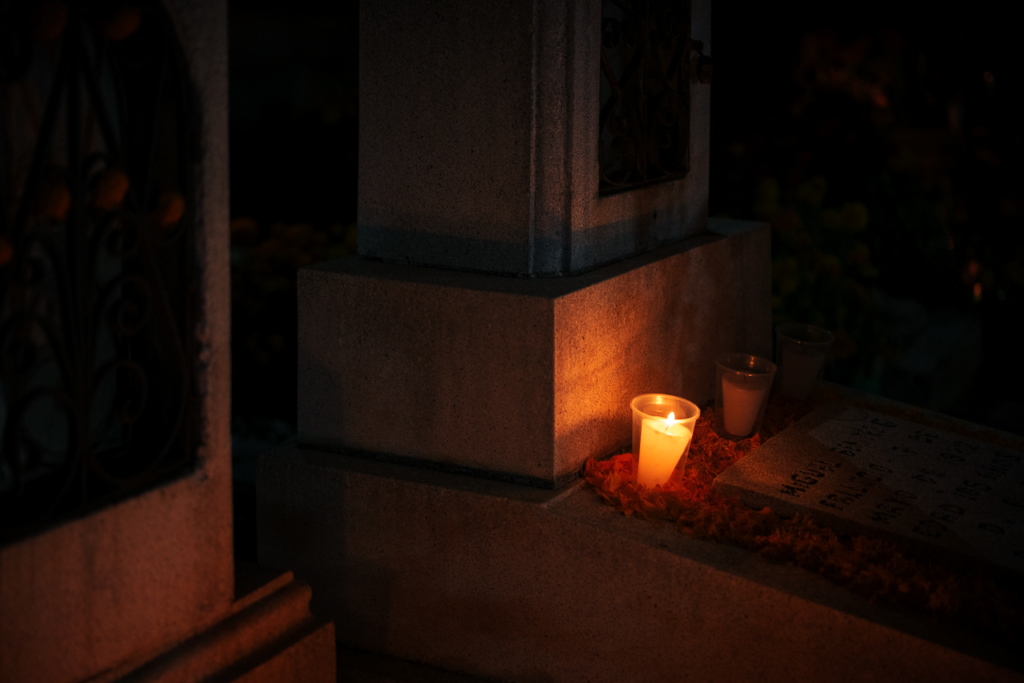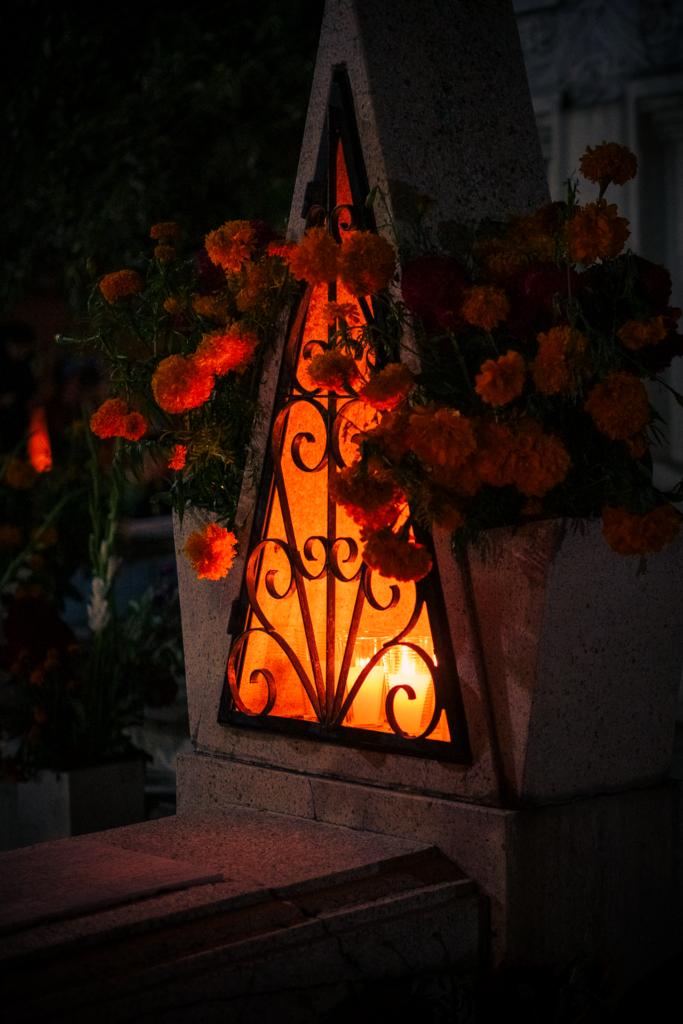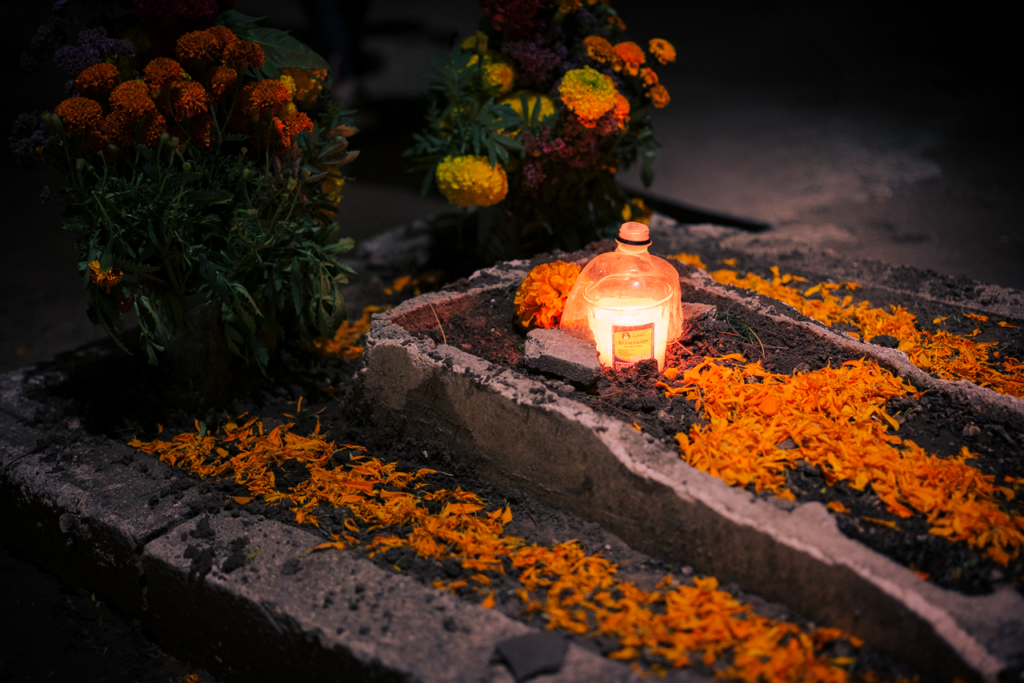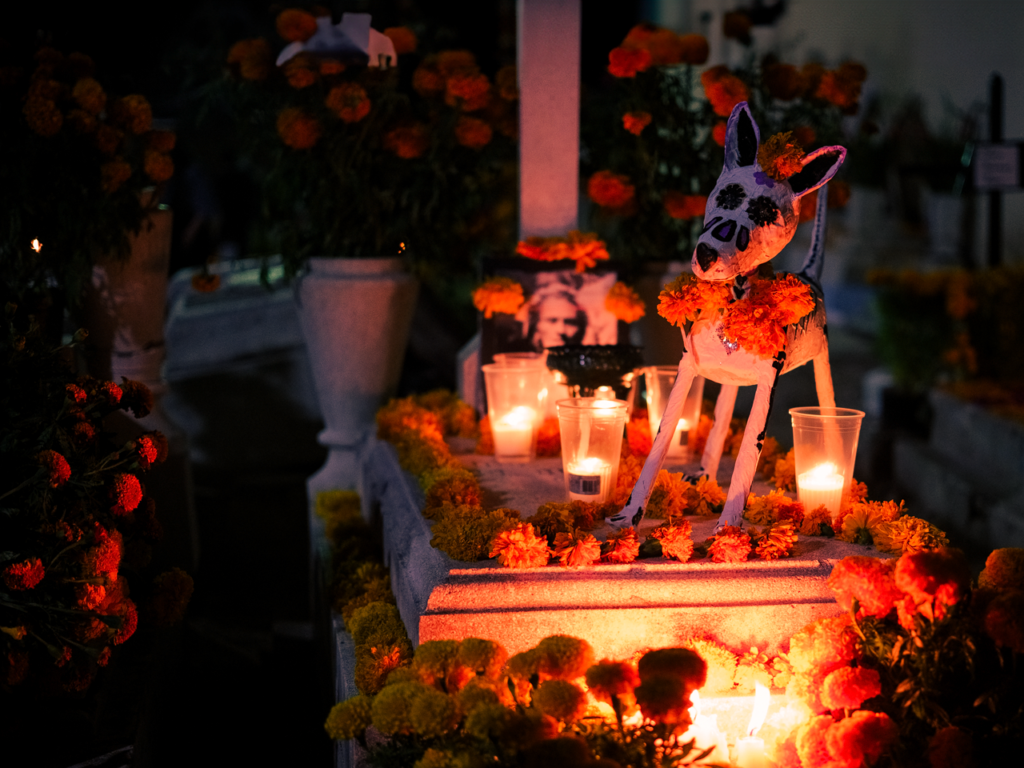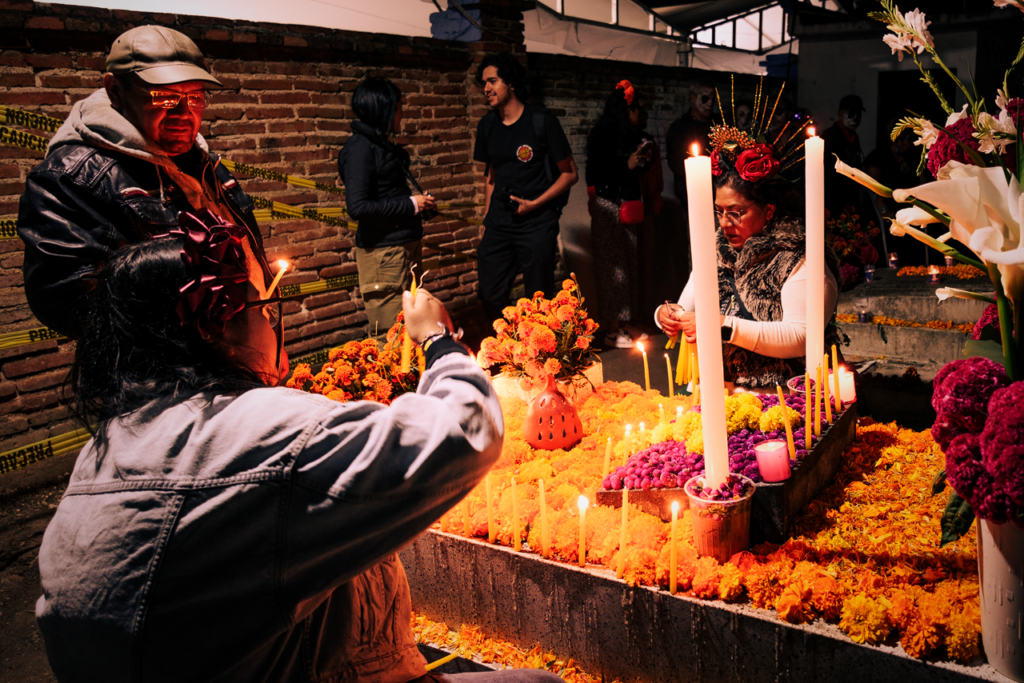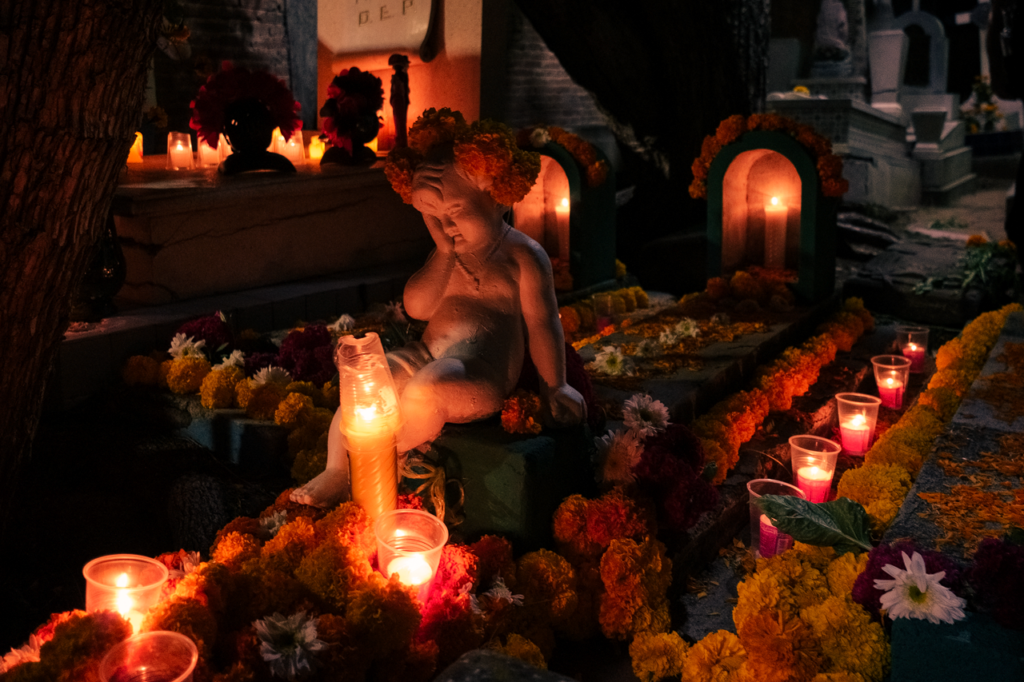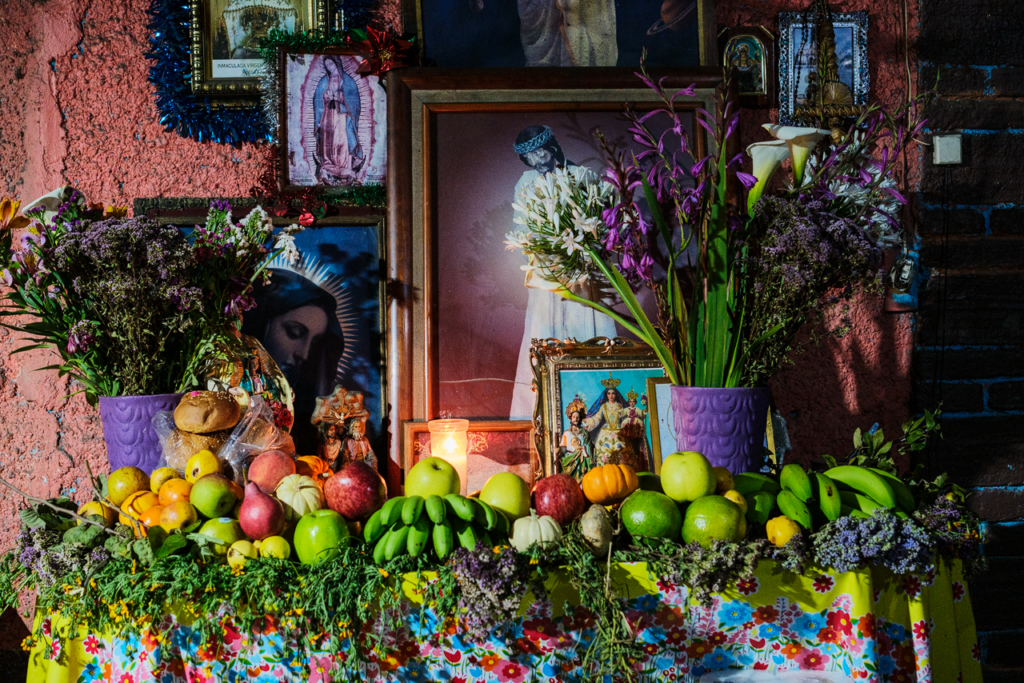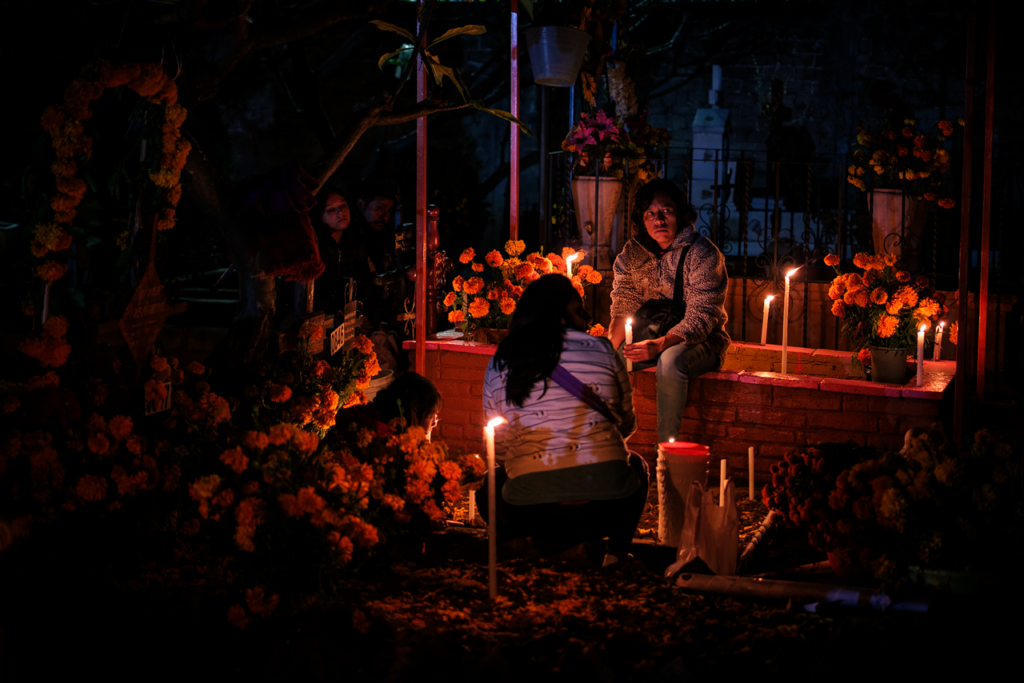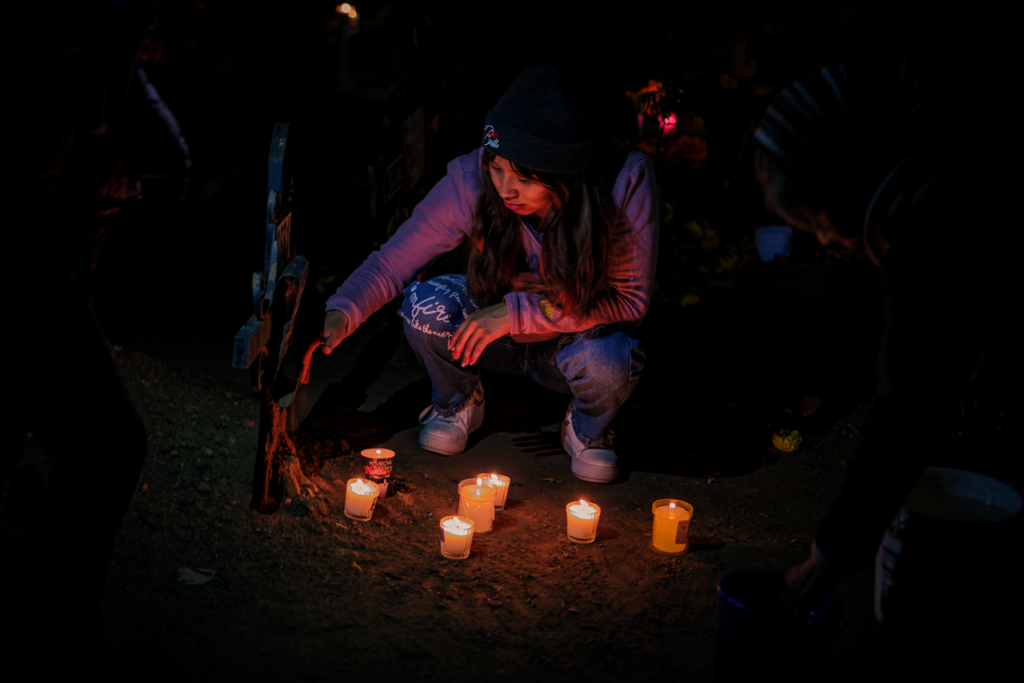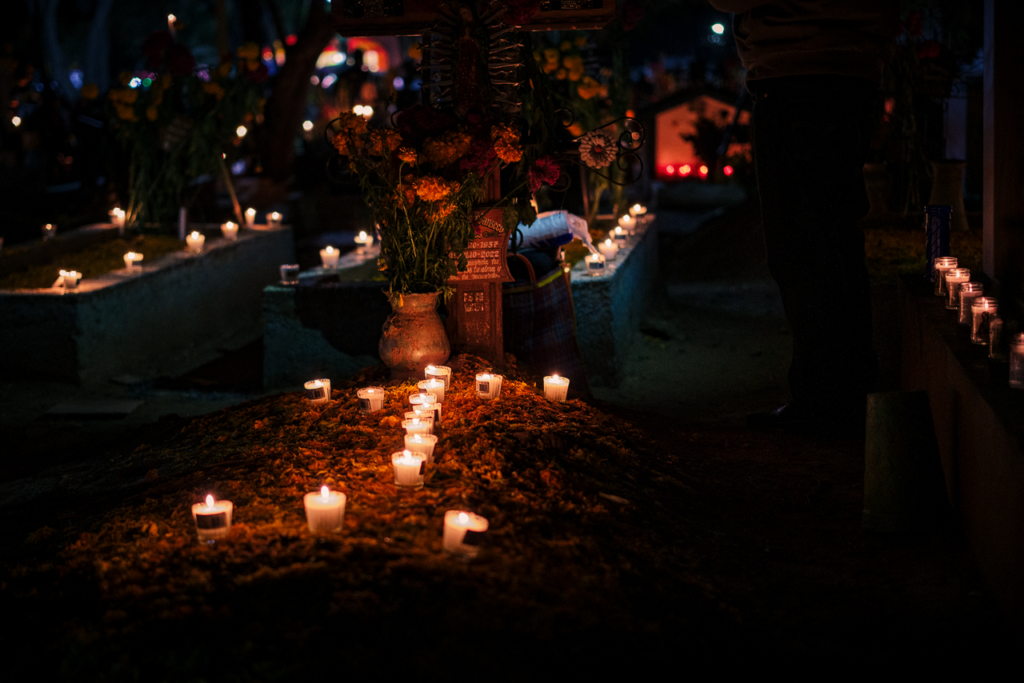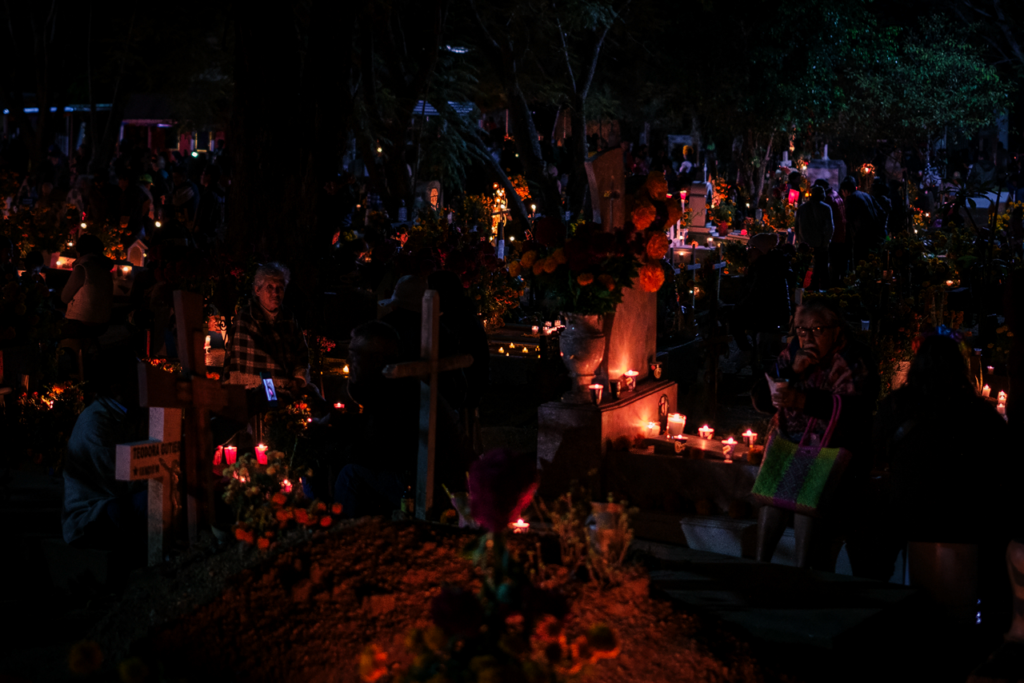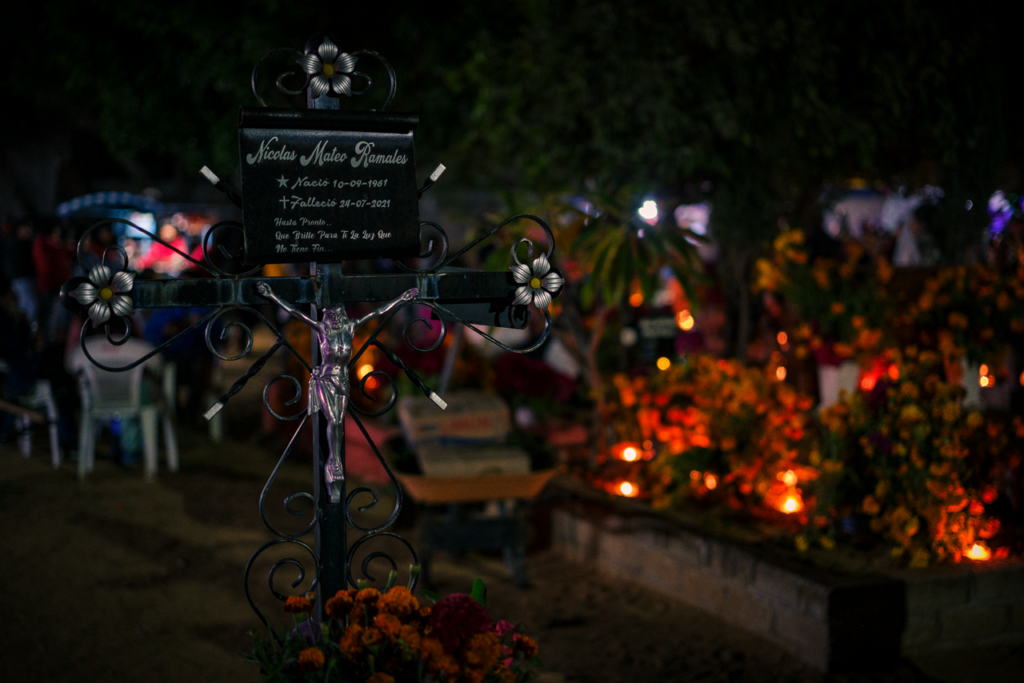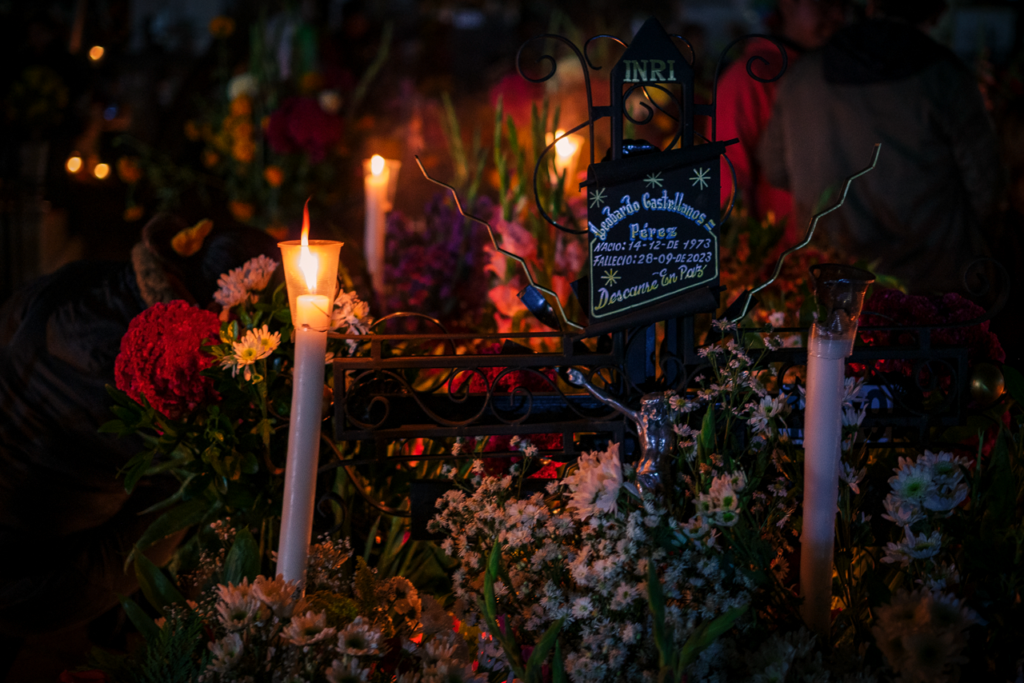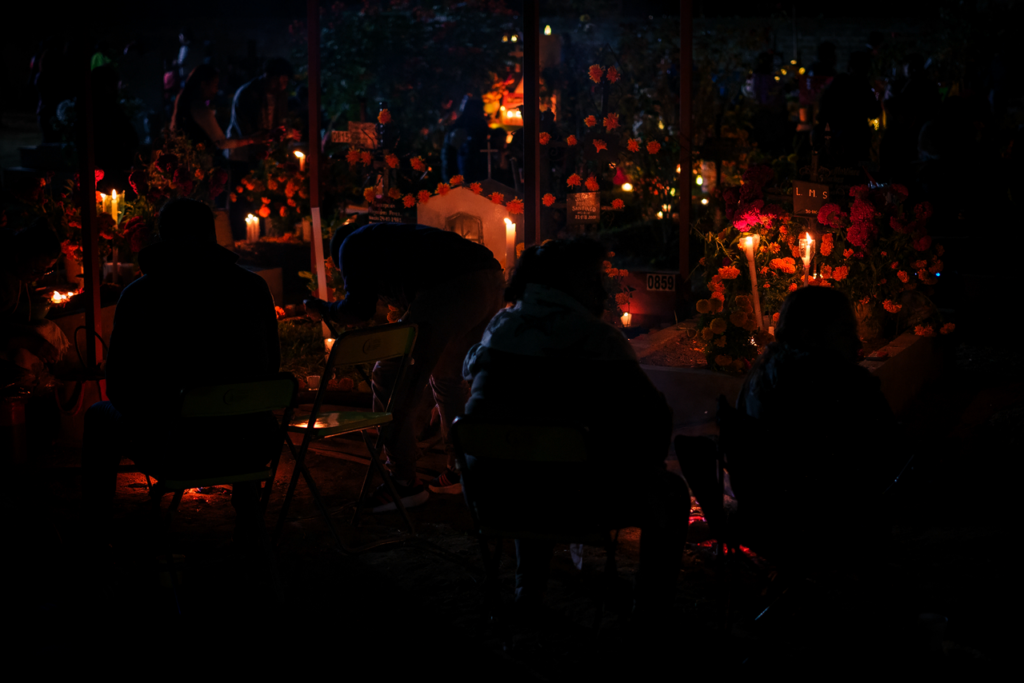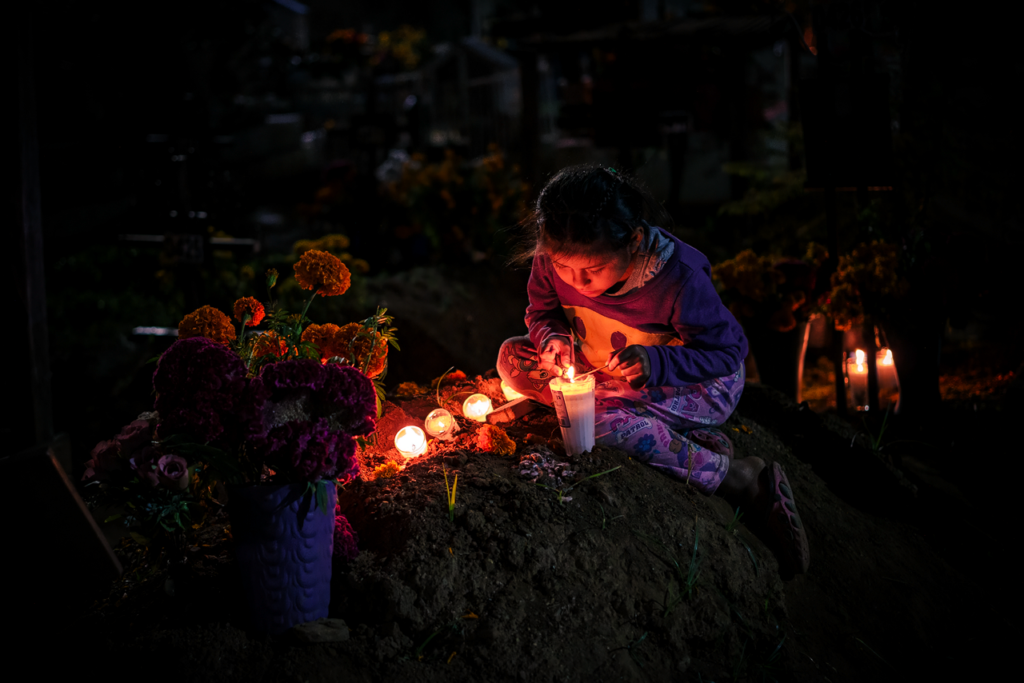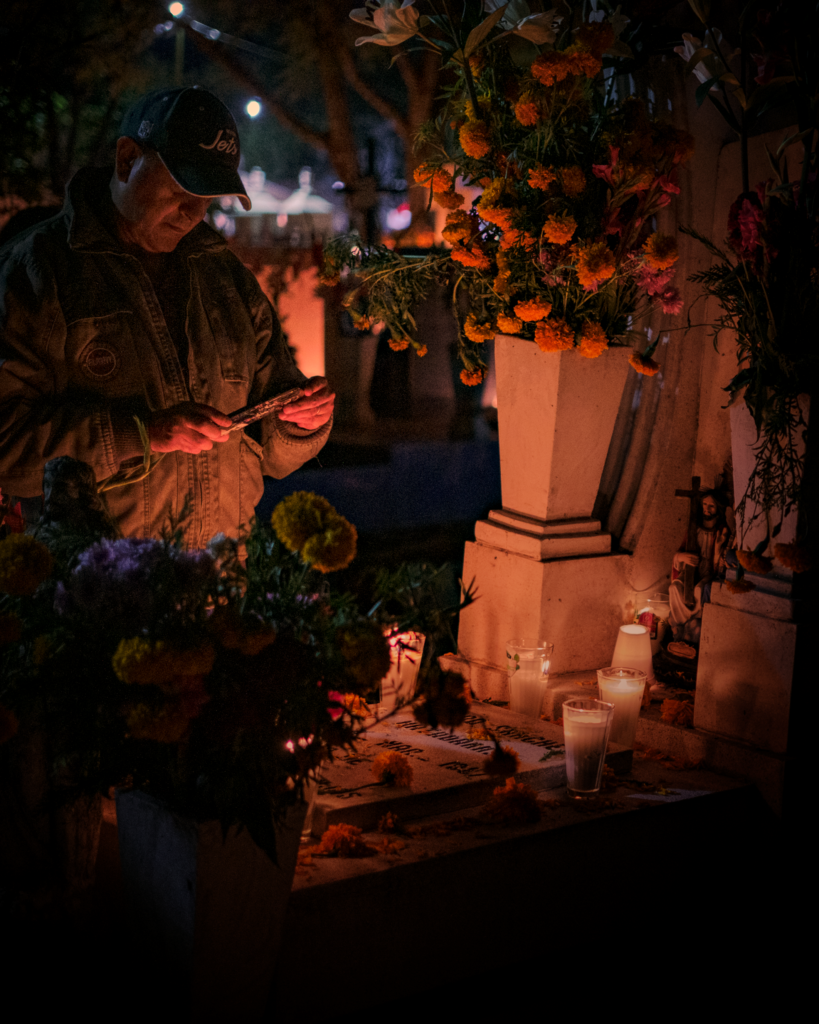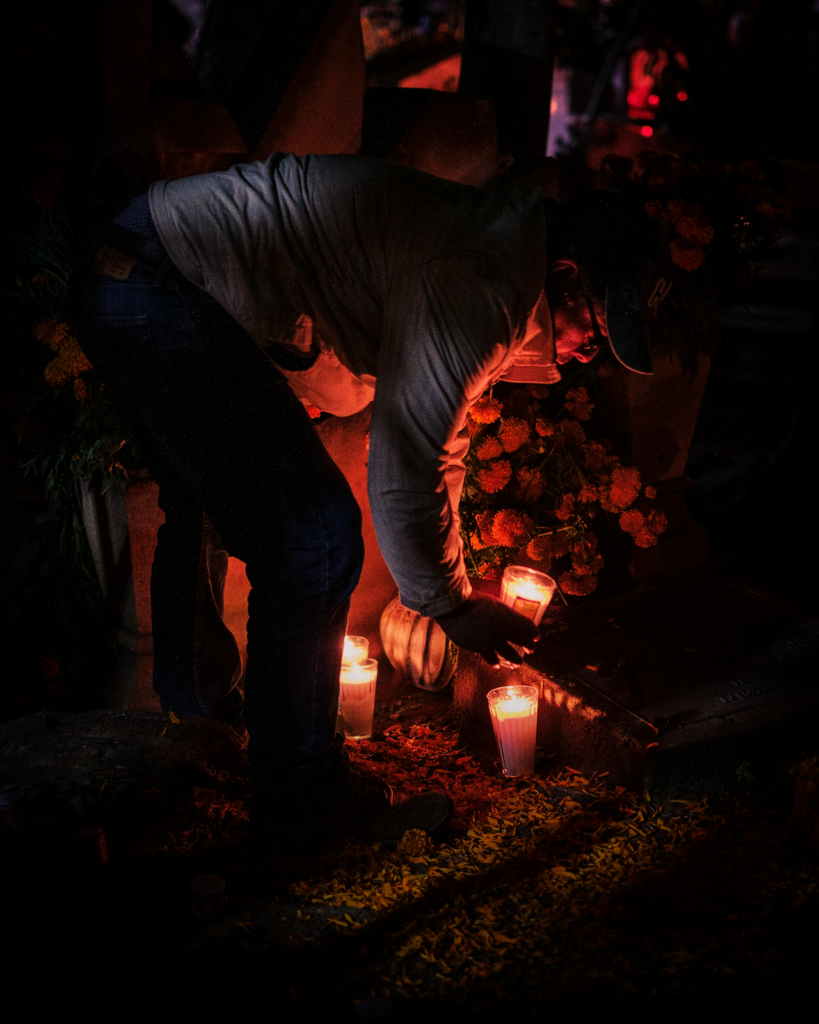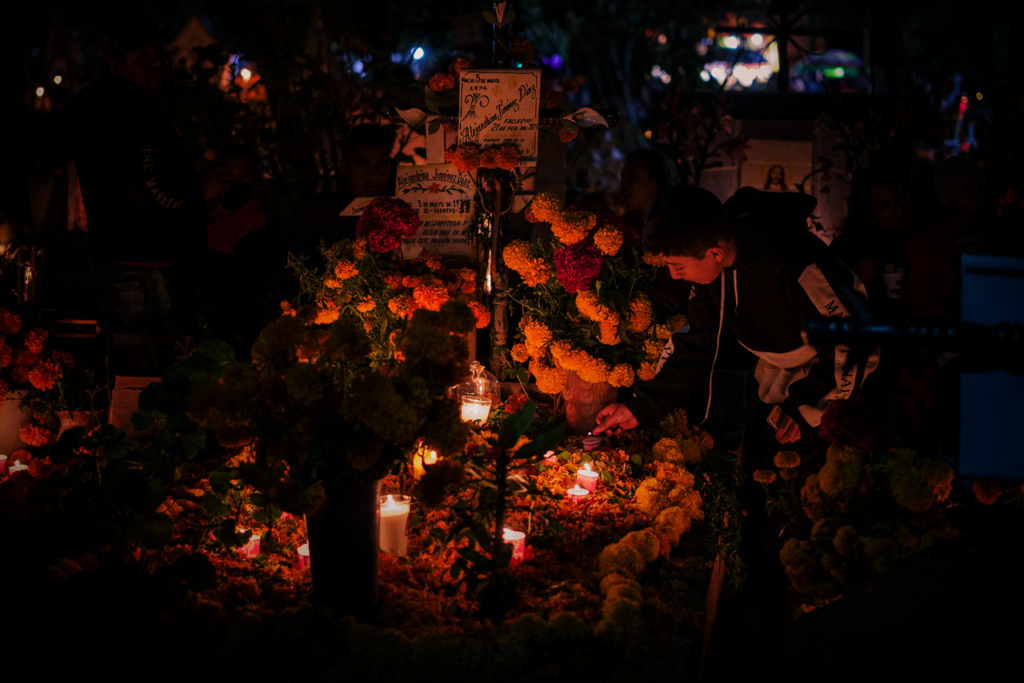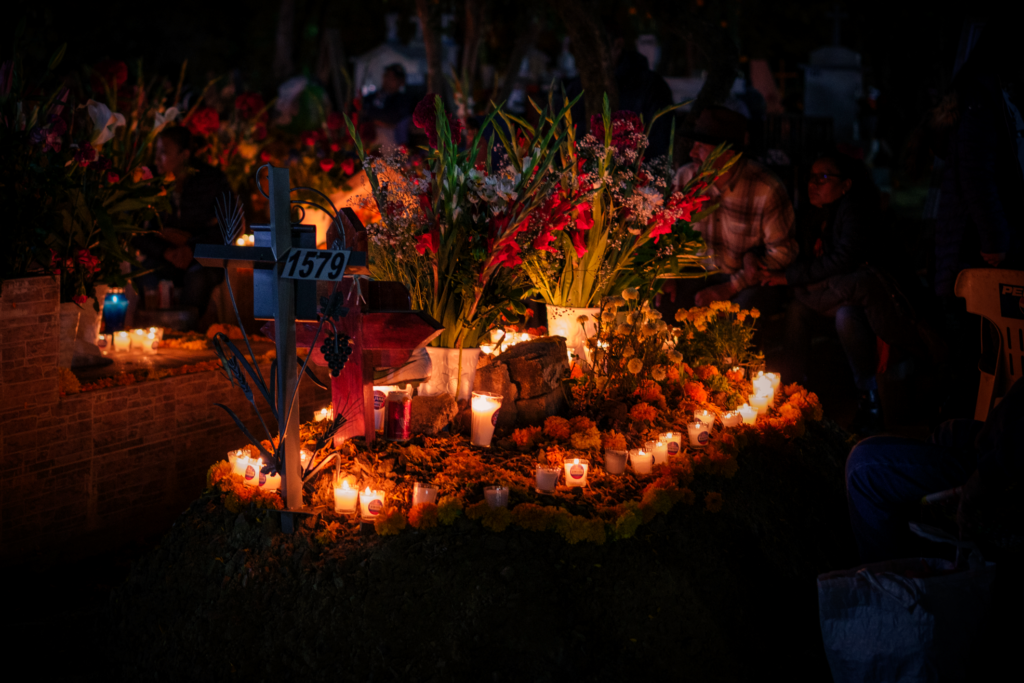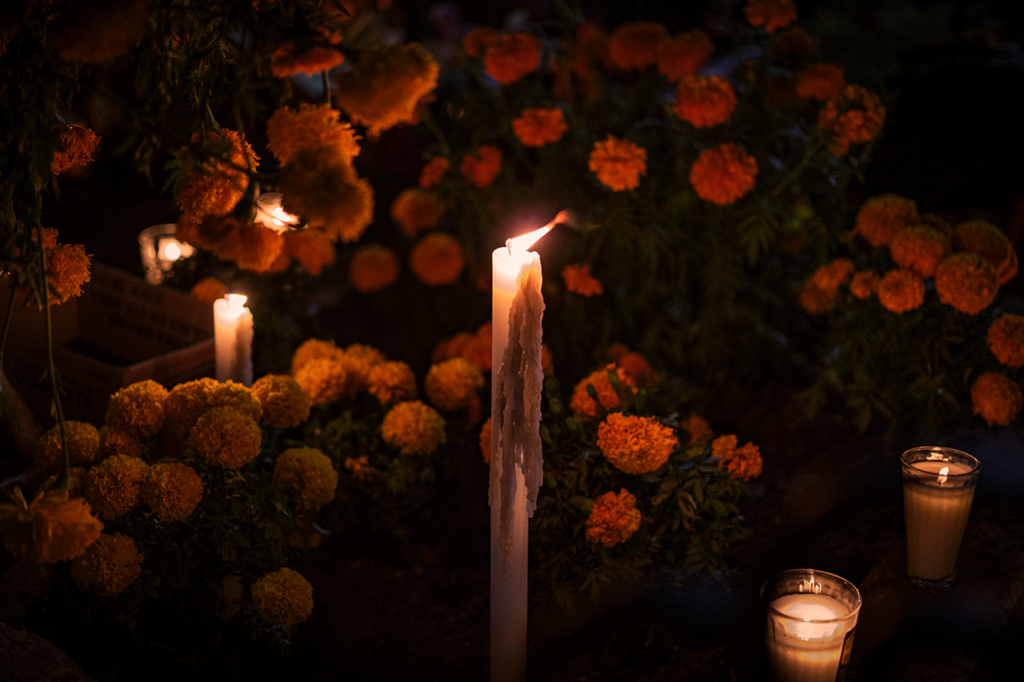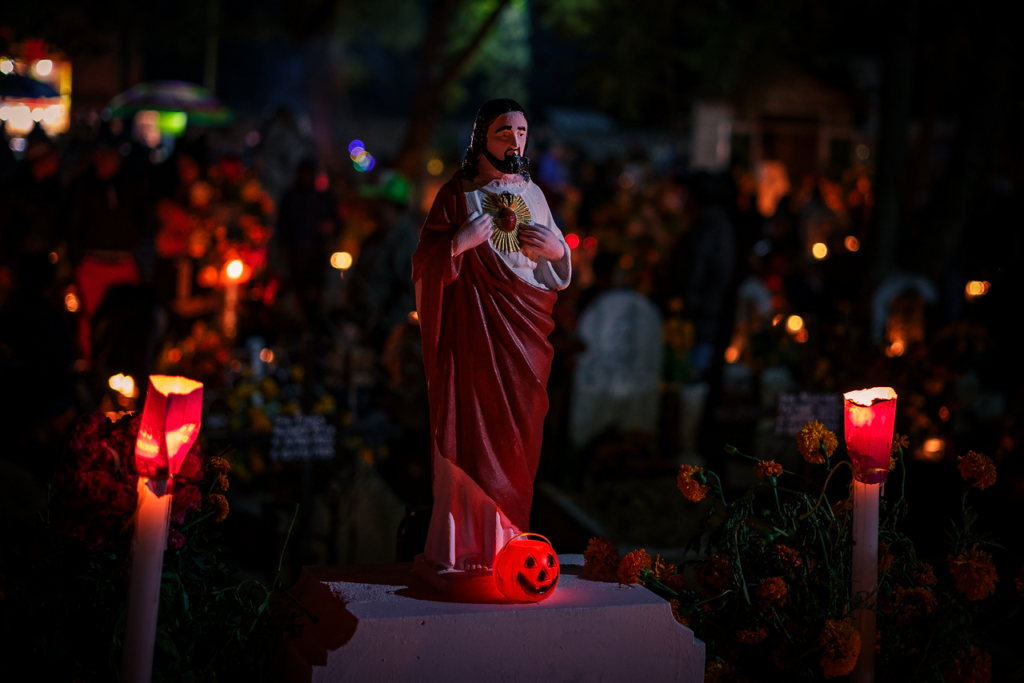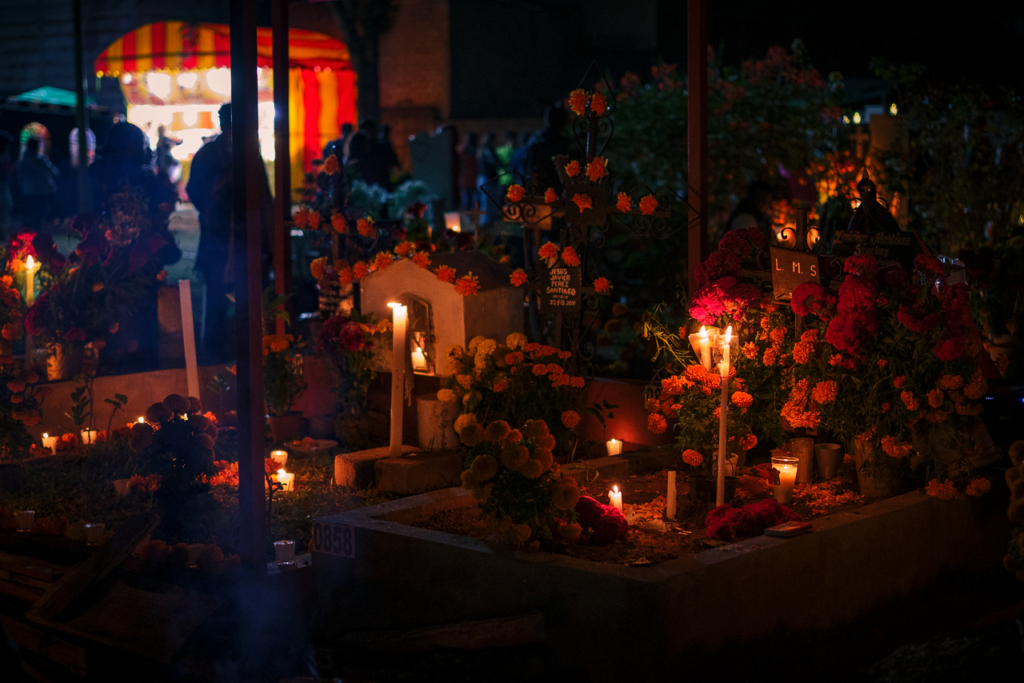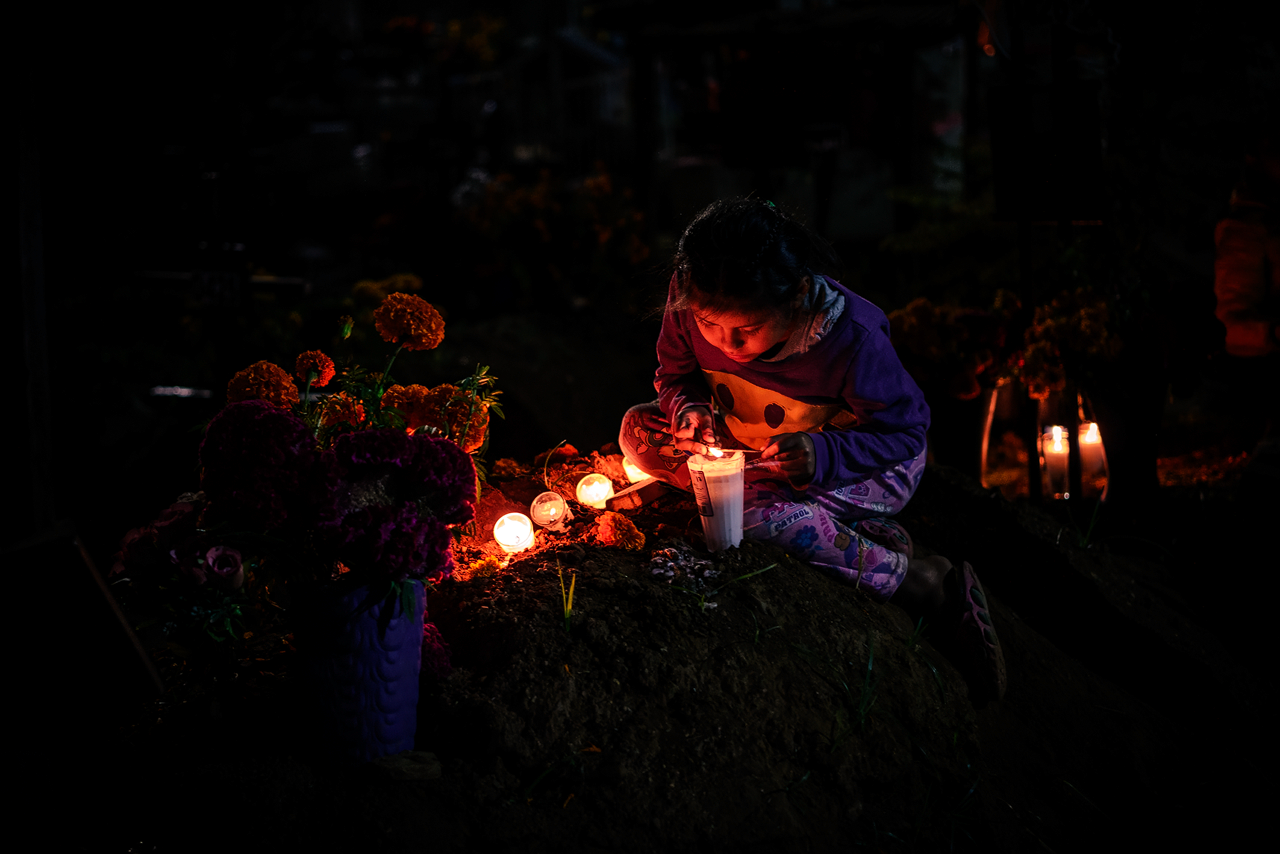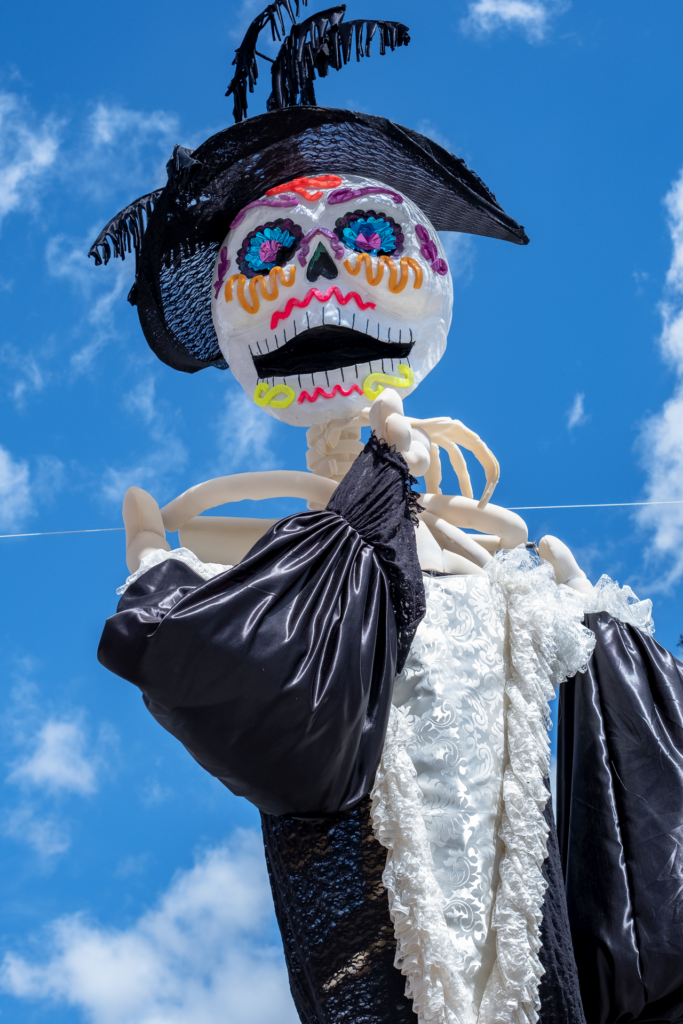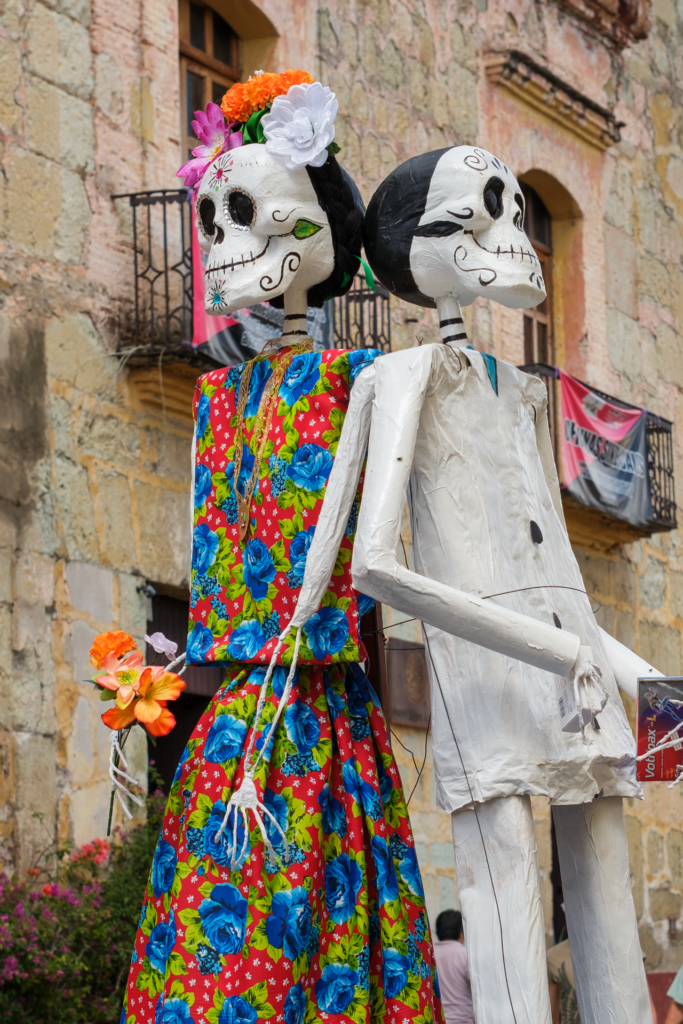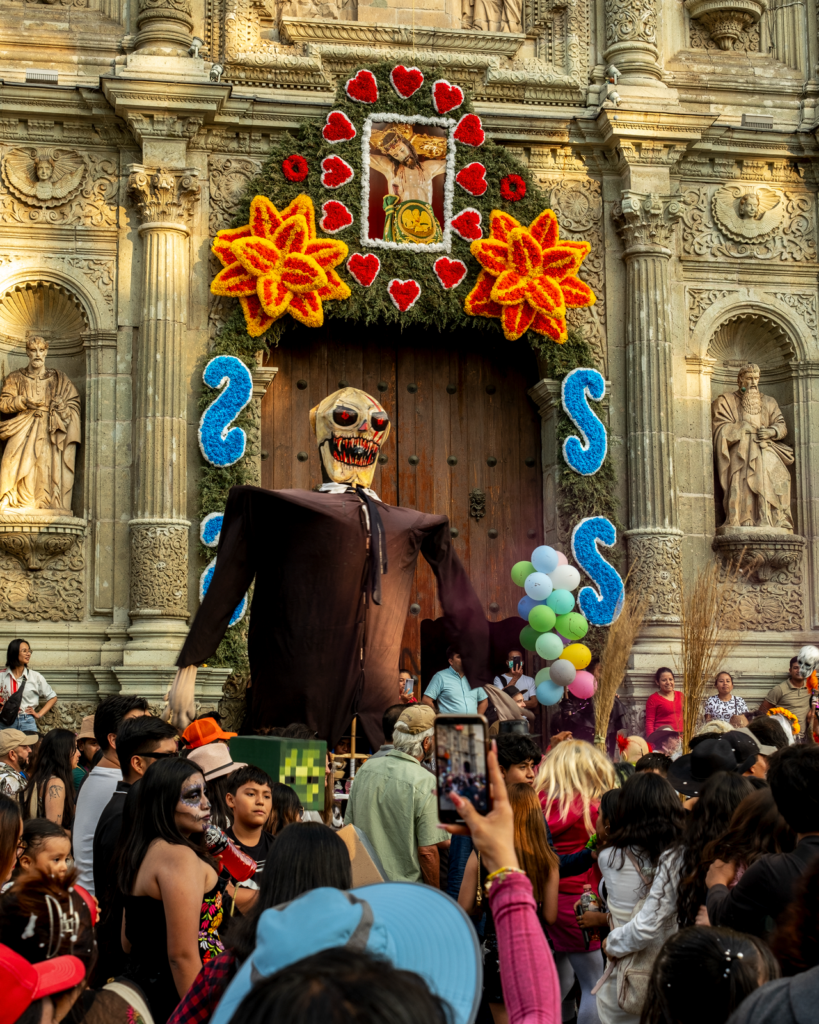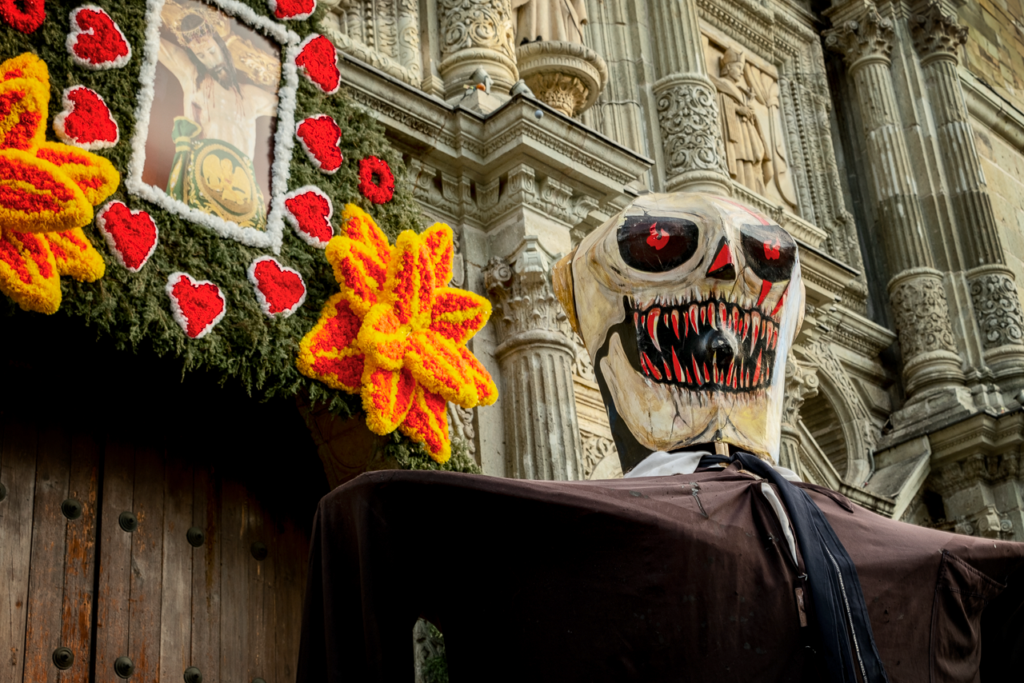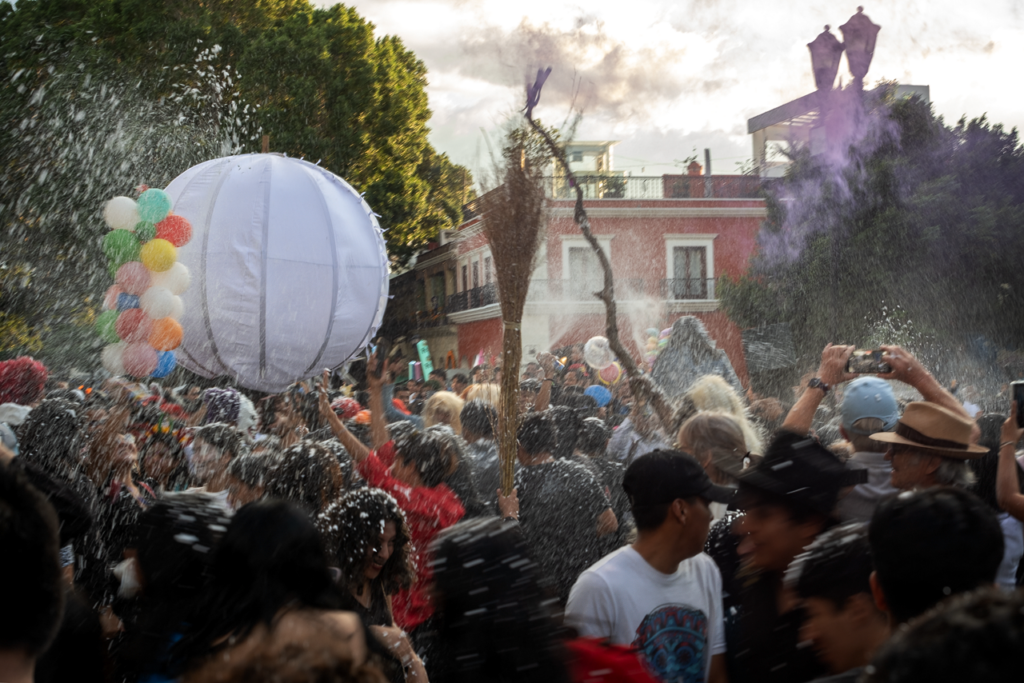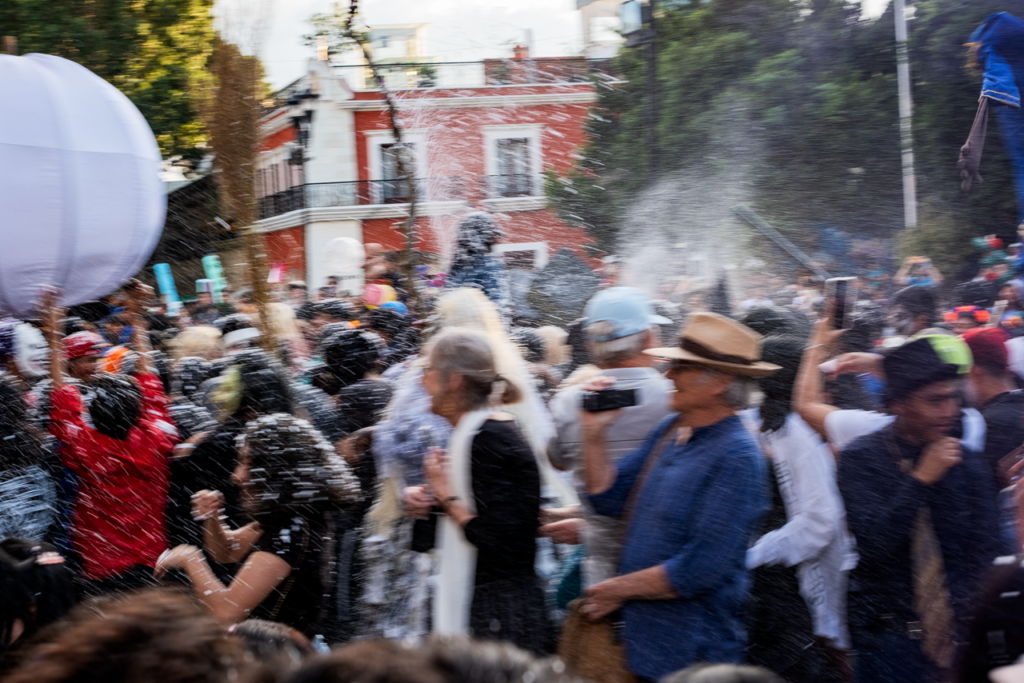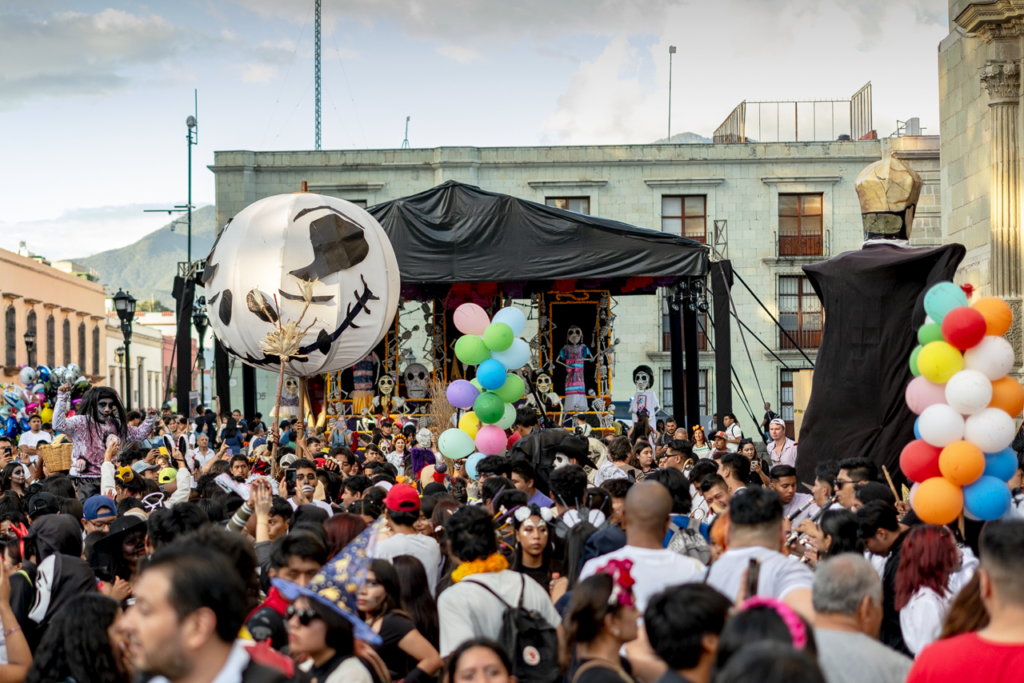Vibrant Souls: Embracing Day of the Dead Traditions in Oaxaca
This year we decided to experience the Day of the Dead in Oaxaca, Mexico. The Day of the Dead is a fusion of pre-Hispanic religious rites and Catholic feasts. It takes place on November 1st and 2nd—All Saints’ Day and All Souls’ Day on the Catholic calendar—blending these with indigenous observances dating back hundreds of years. Its roots lie in an Aztec festival dedicated to the goddess Mictecacihuatl, the Lady of the Dead, and today it is a celebration that honors deceased loved ones through various rituals and symbols.
Upon arriving at Oaxaca’s airport, we headed to Hotel Casa Carmen on Avenida de Reforma. This boutique hotel, with only four suites, offered us the chance to stay in the “El Nilo” suite. Hotel Casa Carmen is an extension of the work of Mexican artist Amador Montes. Montes, known for his vibrant and emotionally rich paintings, sculptures, and installations, draws inspiration from Oaxacan culture and tradition. His artistry adds a unique dimension to the hotel, reflecting the colorful and spiritual depth of the region.
The service was first-class, and the food was exquisite. After settling into our abode for the coming nights, we ventured to the Plaza de la Constitución, or Zócalo. There, we found a throng of people dancing to the music of comparsas—parades of young people celebrating the Day of the Dead.
The next day, the actual Day of the Dead, we visited two cemeteries in Oaxaca. The first was the Panteón de Xoxocotlán, a cemetery known for its festive atmosphere and elaborate decorations on the graves. It is a place where the barrier between the living and the dead seems to vanish, with families gathering to clean and adorn the gravesites with marigolds, candles, and offerings in a convivial environment that includes music and food. The second was the Ejidal Cemetery of Pueblo Nuevo, another hub of celebration where similar traditions unfold.
The following day brought us to the enchanting neighborhood of Jalatlaco, known for its cobblestone streets and vividly painted walls. Here, the Day of the Dead was a tapestry of color, sound, and aroma, blending seamlessly into the daily lives of its residents. Celebrations here felt intimate, with locals sharing stories of their ancestors, reinforcing the community’s bond with its past.
In reflecting upon the entire experience, the journey through Oaxaca during the Day of the Dead was profoundly educational and transformative. Learning about the rich tapestry of Oaxacan traditions and the cultural significance of the celebrations opened my eyes to the beauty of how life and death are commemorated. It’s a poignant reminder that memory and honor for the departed are woven into the fabric of daily life. This experience has reshaped my understanding of cultural heritage and has left a lasting imprint on how I view and celebrate life’s continuum.
For the best viewing experience of the photo gallery, I recommend viewing each image individually. This way, you can fully appreciate the details in each photo, as the gallery’s automatic cropping may alter the full presentation of the images.
Zócalo (Plaza de la Constitución)
Hotel Casa Carmen, Reforma



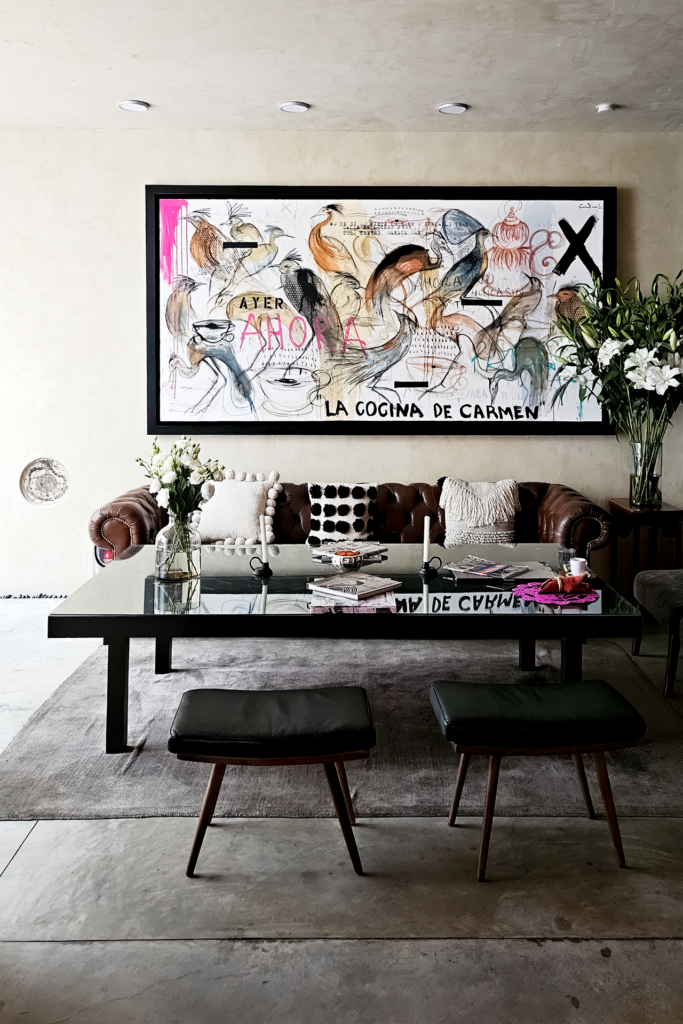
Panteones, Oaxaca
